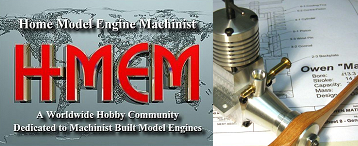Scott-
Looking at the screencap, which is from the pdf listed in the first post, we have the pour basin at the top of the cope (cope = top half of the sand mold), then the tapered sprue, which is where the molten metal travels vertically into the sand mold.
Then there is one or more runners, which carries the molten metal from the bottom of the sprue horizontally two a location that is close to the mold cavity, but outside the mold cavity.
And finally the gate(s) connect the runner(s) to the mold cavity, and the mold cavity is filled through the gates.
A riser is a void in the sand (generally in the cope) that contains an amount of molten metal over an area of the casting that is abnormally large compared to other parts of the casting.
Risers are required when a casting has unequal parts, such as a large section area, and also a small section area.
The small section will solidify first, and shrink as it solidifies, and so to prevent the larger section from feeding molten metal into the thinner section while the thinner section is solidifying, a riser is used above the larger section, so that metal can be drawn from the riser as the casting is cooling and contracting.
A lack of a riser can cause shrinkage defects, and often times hot tears, where parts of the casting tear apart while the casting is in the semi-molten state, due to shrinkage.
The article in post #1 mentions a "gating system", but I don't think that is a good term.
I can't recall a better definition of the molten metal distribution system, but that is what it is, a distribution system that consists of sprue, runner(s), gates, and risers.
There are several ways to control the molten metal velocity, which are to constrain flow at the sprue base, by using a filter, or by controlling flow via the gates.
I use a gate-constrained velocity system, with no filter.
I also use a spin trap at the end of each runner, which gives the loose sand, slag and entrained air a place to escape.
The spin trap is offset from the centerline of the runner, so that the molten metal swirls in the trap, with the intent to avoid a sudden pressure shock in the runner which would occur with a blind dead-ended runner.
The spin trap vents out the top of the cope.
Any sudden pressure changes in the molten metal cause it to discharge metal through the gates into the mold cavity in a way that splashes and entrains a lot of air, as well as breaking up the molten metal into separate parts/pieces.
A smooth, even laminar flow is desired when filling a mold cavity, with low velocity, no turbulence, and no splashing.
.







